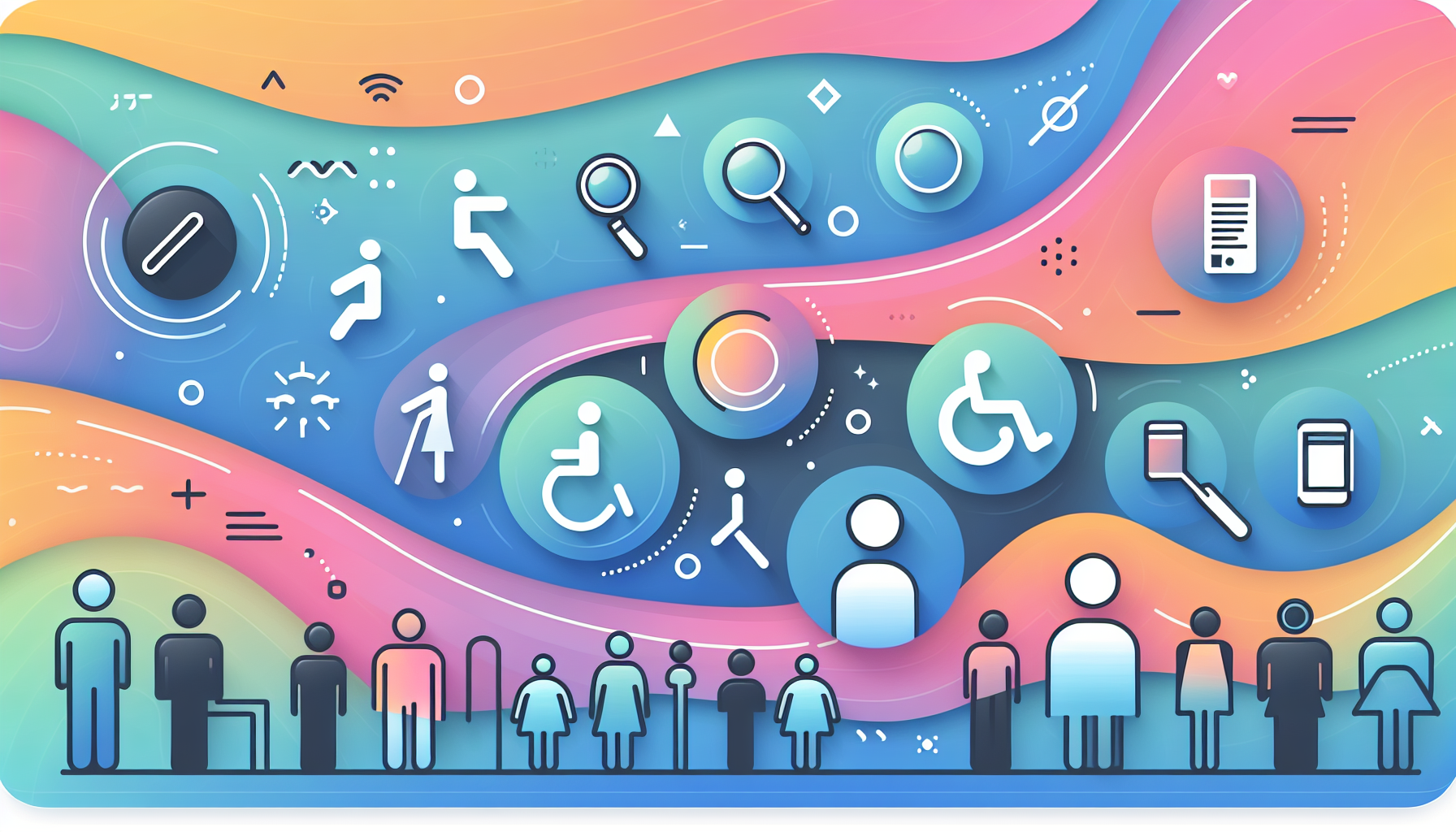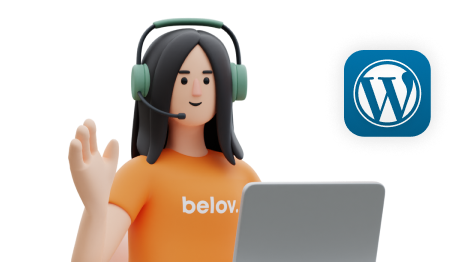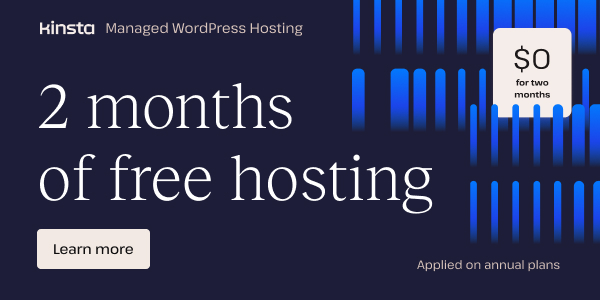
The importance of building digital experiences that everyone can use—regardless of ability or context—has never been clearer. In 2025, web accessibility and inclusive design are not just about compliance, but about offering a superior user experience for all visitors to your website. By optimizing your site for accessibility, you not only protect your brand from legal risks but also widen your audience, improve SEO, and foster inclusivity for millions of users. This guide will help you transform your website by applying modern standards and best practices, illustrated with real-world examples and actionable insights.
Why Accessibility Matters More Than Ever
Imagine browsing the web with limited vision, hearing, or motor control. For millions of people, inaccessible websites create barriers to information, products, and services. In the US, UK, and Canada, legal standards such as the ADA (Americans with Disabilities Act) and WCAG (Web Content Accessibility Guidelines) have made digital accessibility a requirement, not a luxury. By 2025, WCAG 2.2 is the baseline, bringing new criteria for focus indicators, minimum target sizes, and keyboard navigation.
Websites that fail to meet these standards risk lawsuits, reputational damage, and lost business. On the other hand, accessible websites build trust, improve engagement, and reflect a brand’s commitment to inclusivity. For example, government agencies and major corporations have faced legal action due to inaccessible websites, but those prioritizing accessibility—like the BBC and Microsoft—have set industry benchmarks for inclusive design.
At Belov Digital Agency, we help clients navigate these requirements seamlessly, ensuring that every visitor can interact with their site as intended.
Core Principles of Accessible Web Design
Semantic HTML & Logical Structure
Semantic HTML is the foundation of any accessible website. Use elements like <header>, <nav>, <main>, <article>, and <footer> to structure your content logically. Headings should follow a clear hierarchy—H1 for the main title, H2 for major sections, H3 for subsections, and so on. Avoid using generic <div> or <span> tags when a semantic element is available. This helps screen readers and assistive technologies to interpret your page accurately.
Keyboard Navigation and Focus Management
All interactive elements, including dropdowns, sliders, modals, and menus, must be fully operable with a keyboard. Users should be able to move through your site and complete actions without a mouse. Enhance focus indicators so that keyboard users always know which element is in focus. Tools like WAVE by WebAIM and axe DevTools can help test and improve keyboard accessibility.
Readable Typography and Content
Choose readable fonts and maintain a minimum size of 16px. Provide sufficient line spacing and allow users to resize text if needed. Use plain language and organize content into short, clear paragraphs or bullet points. This makes information accessible to people with cognitive disabilities and improves comprehension for all users.
Color and Contrast
High contrast between text and background is essential. WCAG guidelines specify a minimum contrast ratio of 4.5:1 for normal text. Tools like WebAIM Contrast Checker make it easy to verify your choices. Avoid conveying information by color alone, as colorblind users may not perceive these cues.
Multimedia and Alternatives
Provide text alternatives for all non-text content, including images and multimedia. Use descriptive alt text for images and ensure video and audio content has captions and transcripts. This makes your content accessible to users who are deaf or hard of hearing, as well as those who rely on screen readers.
Accessible Forms and Error Feedback
Design forms with clear labels, instructions, and error messages. Make sure users receive immediate feedback when they submit forms or encounter errors. This is crucial for users with cognitive or learning disabilities who rely on clear guidance.
Advanced Best Practices for 2025
WCAG 2.2: What’s New?
With WCAG 2.2 now the standard, there are new success criteria to consider. These include improved focus indicators to make keyboard navigation more obvious, requirements that all actions can be completed without relying on dragging movements, and minimum tap/click target sizes of at least 24×24 CSS pixels for better touch and pointer accessibility.
Responsive and Adaptive Design
Your website should perform well across all devices, from desktops to smartphones. Responsive design ensures that your layout, typography, and interactive elements adapt to different screen sizes. Platforms like Kinsta offer robust hosting solutions optimized for fast, accessible experiences on any device.
Automated and Manual Testing
Combine automated tools like Level Access with manual testing by people with disabilities. Automated tests can catch many technical issues, but real user feedback is invaluable for ensuring a truly inclusive experience. Services from Hostinger and other hosting providers often include accessibility scanners and plugins to help streamline this process.
Inclusive Content Creation
Use plain language, avoid jargon, and break complex ideas into manageable chunks. Organize content with clear headings and use lists to highlight key points. This approach benefits users with cognitive disabilities and makes your content more engaging for everyone.
Real-World Case Studies
The BBC’s Inclusive Approach
The BBC has long been a leader in accessible web design. Their site uses semantic markup, high-contrast colors, and keyboard navigation, making it easy for users with disabilities to access news and multimedia. The BBC’s commitment to accessibility has set a global standard for inclusive web experiences.
Microsoft’s Inclusive Design Framework
Microsoft’s Inclusive Design Toolkit offers practical guidance for building accessible products. By involving people with disabilities in the design and testing process, Microsoft ensures that its products are usable by the widest possible audience.
Airbnb’s Accessibility Initiative
Airbnb has implemented comprehensive accessibility features, including filters for accessible accommodations and detailed property descriptions for users with mobility or sensory impairments. This initiative has expanded their market and improved user loyalty.
Tools and Resources for Building Accessible Websites
- WAVE by WebAIM: A free tool for evaluating web accessibility.
- axe DevTools: Browser extension for automated accessibility testing.
- Level Access: Comprehensive accessibility platform for enterprise sites.
- WebAIM Contrast Checker: Tool to test color contrast compliance.
- Kinsta: Premium WordPress hosting optimized for fast, accessible sites.
- Hostinger: Affordable web hosting with accessibility plugins and tools.
- Microsoft Inclusive Design Toolkit: Free resources for inclusive design.
- BBC Accessibility: Real-world examples of accessible design.
For more resources, check out our Web Development Services or Blog for additional guides and insights.
Practical Steps to Optimize Your Website for Accessibility
- Audit your website using tools like WAVE or axe DevTools to identify accessibility issues.
- Implement semantic HTML and ensure a logical heading structure throughout your site.
- Test keyboard navigation to confirm that all features are operable without a mouse.
- Optimize typography and contrast for readability and compliance with WCAG 2.2.
- Add alt text to images and provide captions, transcripts, and audio descriptions for multimedia.
- Simplify forms and error messaging to make them easy to use for everyone.
- Review and update your content to use plain language and organized, scannable layouts.
- Engage users with disabilities in the testing process to gain real-world feedback.
- Monitor and maintain accessibility as you update your site or add new features.
Conclusion and Invitation to Collaborate
Building an accessible website is not just a legal requirement—it’s a strategic advantage. By embracing inclusive design, you create a better user experience for everyone, enhance your SEO, and demonstrate your commitment to social responsibility. The journey to accessibility is ongoing, but with the right tools, expertise, and mindset, any organization can achieve it.
At Belov Digital Agency, we specialize in custom WordPress development that prioritizes accessibility and inclusivity. Whether you need a new site or want to audit your existing one, we’re here to help. Reach out via our Contact Us page to see how we can make your digital presence accessible to all.
For further reading, explore our Blog or check out our Case Studies to learn how we’ve helped other organizations achieve inclusive digital experiences.













